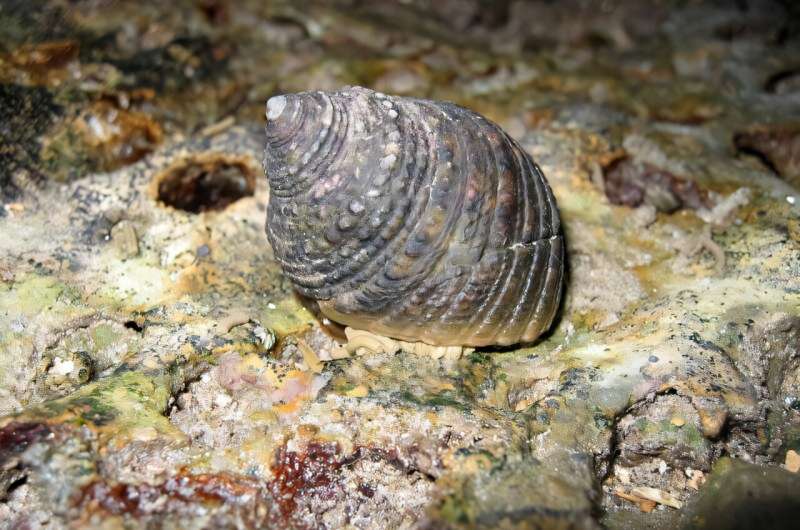In a groundbreaking study published on July 2, 2025, scientists from the Bavarian State Collection of Paleontology and Geology (SNSB-BSPG) have unveiled a new world map of marine mollusks, demonstrating how ancient ocean currents have shaped their distribution. The study, led by paleontologist Thomas A. Neubauer, highlights the intricate relationship between geological history and the biogeographical regions of marine organisms.
The research, published in Scientific Reports, reveals that the distribution of marine mollusks, such as bivalves and gastropods, is heavily influenced by the geological age of ocean currents and the shifting of continents. This discovery underscores the significant role these factors play in shaping marine biodiversity.
Historical Context of Ocean Currents
Ocean currents have long been recognized as pivotal in determining the distribution of marine life. The study emphasizes that many of these currents, including land bridges and straits, have emerged over varying geological periods. Some currents are relatively recent, while others date back millions of years, each leaving a distinct mark on the distribution of marine species.
One notable example is the closure of the Isthmus of Panama approximately 2.8 million years ago. This event has left a lasting impact on the similarity of mollusk faunas between the tropical East Pacific and the West Atlantic. In contrast, the Atlantic Ocean, which opened over 100 million years ago, shows a greater difference in the mollusk faunas between its western and eastern regions.
The Role of Temperature and Currents
The study’s findings are based on a comprehensive analysis of over 3 million data points correlating the geographical distribution of mollusks with sea temperatures and ocean currents. These analyses reveal that temperature and ocean currents, along with their paleogeographic development, significantly influence life in shallow marine waters.
“Temperature has an immense influence on marine organisms. It controls their metabolic functions, reproduction, and the life cycle, as well as evolutionary processes such as speciation and extinction,” said Neubauer, lead author of the study.
The researchers warn that the rapid pace of climate change poses a major threat to marine ecosystems. Rising global temperatures are altering ocean surface temperatures, which in turn affect ocean currents, with profound consequences for marine species and their habitats.
Collaborative Research and Data Sources
This extensive study was a collaborative effort involving researchers from the Natural History Museum in Vienna and the University of Malaga. The observational data on mollusks was sourced from two major biodiversity databases: the Global Biodiversity Information Facility (GBIF) and the Ocean Biodiversity Information System (OBIS).
The study provides valuable insights into the biogeographic patterns of modern benthic shallow-water mollusks and the roles of temperature and paleogeographic legacy. The authors highlight the importance of understanding these patterns to predict how marine life might respond to ongoing environmental changes.
Implications for Marine Conservation
The implications of this research are far-reaching. As climate change accelerates, understanding the historical and current factors influencing marine biodiversity becomes crucial for conservation efforts. The study suggests that preserving the natural dynamics of ocean currents and mitigating climate change impacts are essential for protecting marine ecosystems.
Looking ahead, the researchers emphasize the need for continued monitoring and research to better understand the complex interactions between ocean currents, temperature, and marine biodiversity. Such efforts will be vital in developing effective strategies to safeguard marine life in the face of a rapidly changing climate.
For more detailed information, the study is available in Scientific Reports under the title “Biogeographic patterns of modern benthic shallow-water molluscs and the roles of temperature and palaeogeographic legacy,” authored by Thomas A. Neubauer et al. The study can be accessed via DOI: 10.1038/s41598-025-06473-0.
